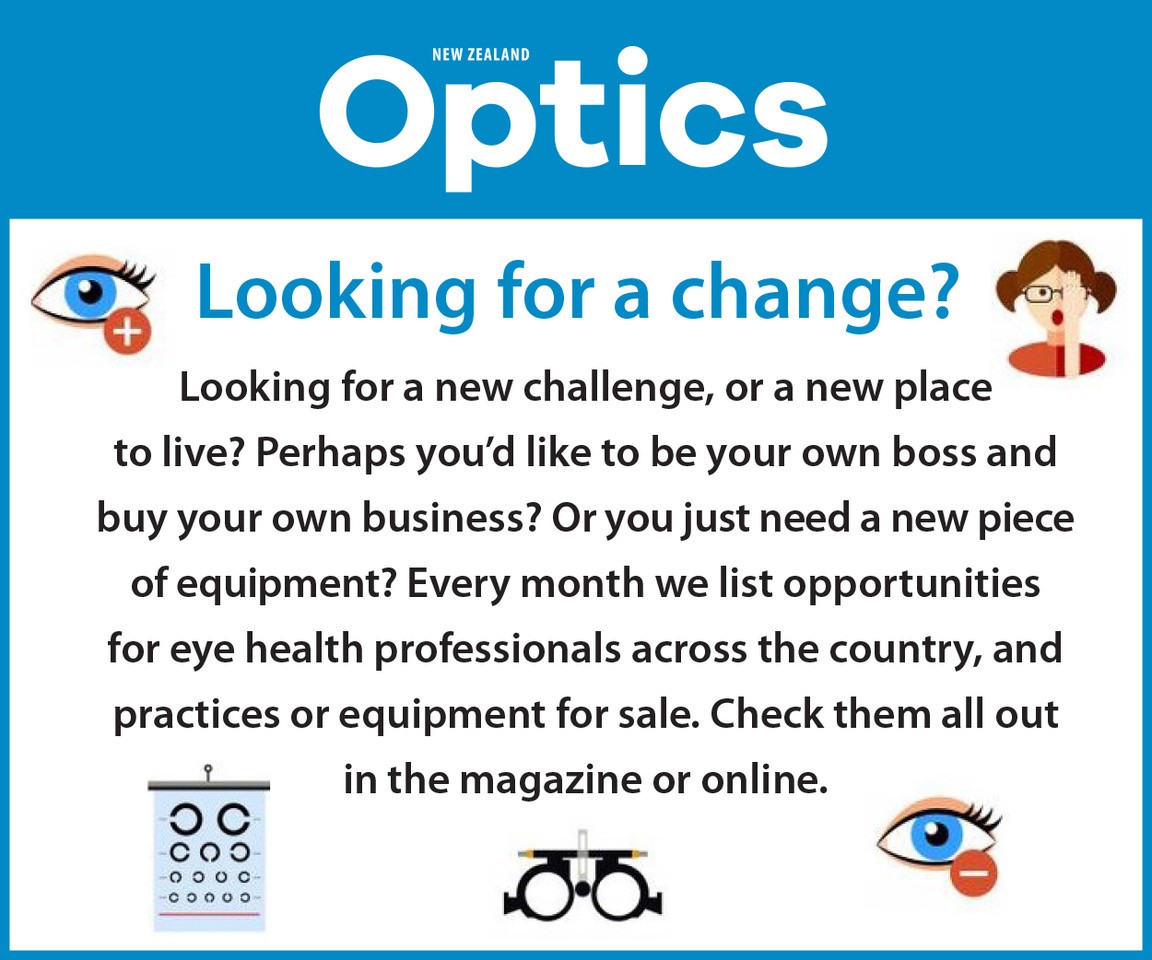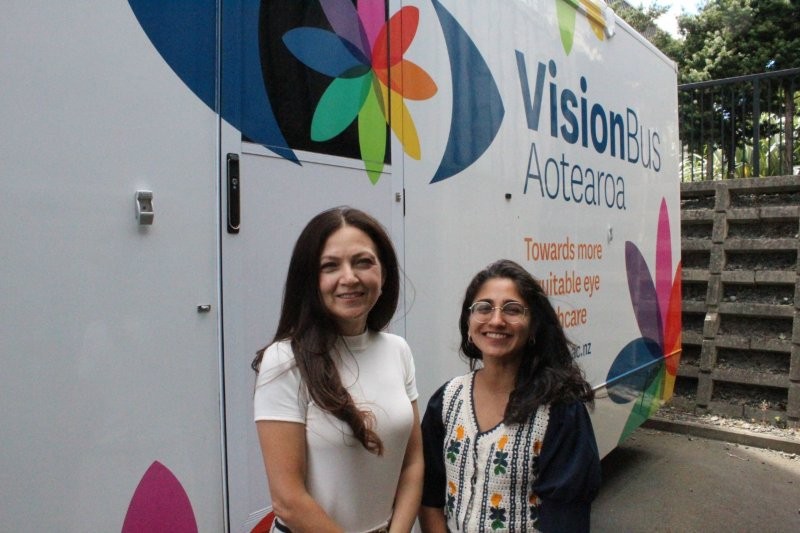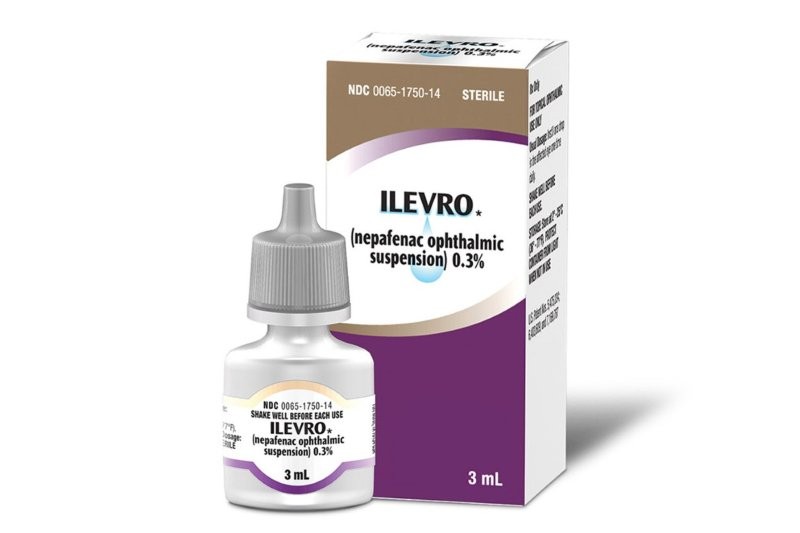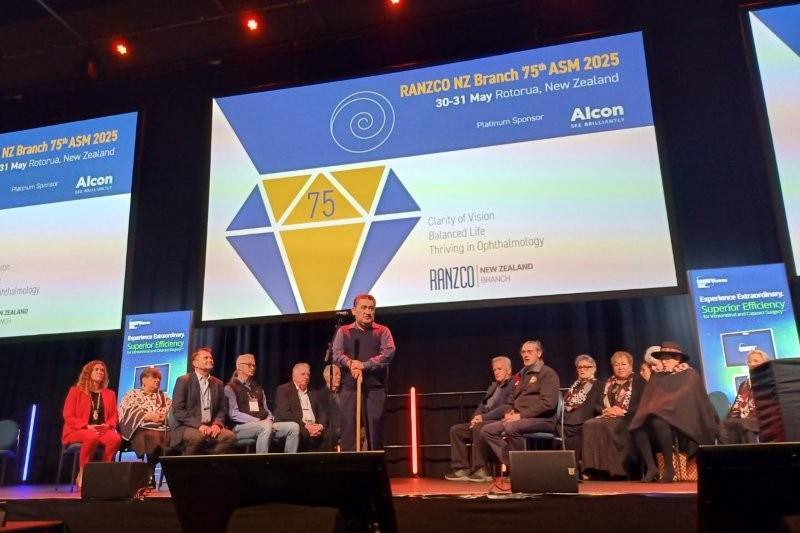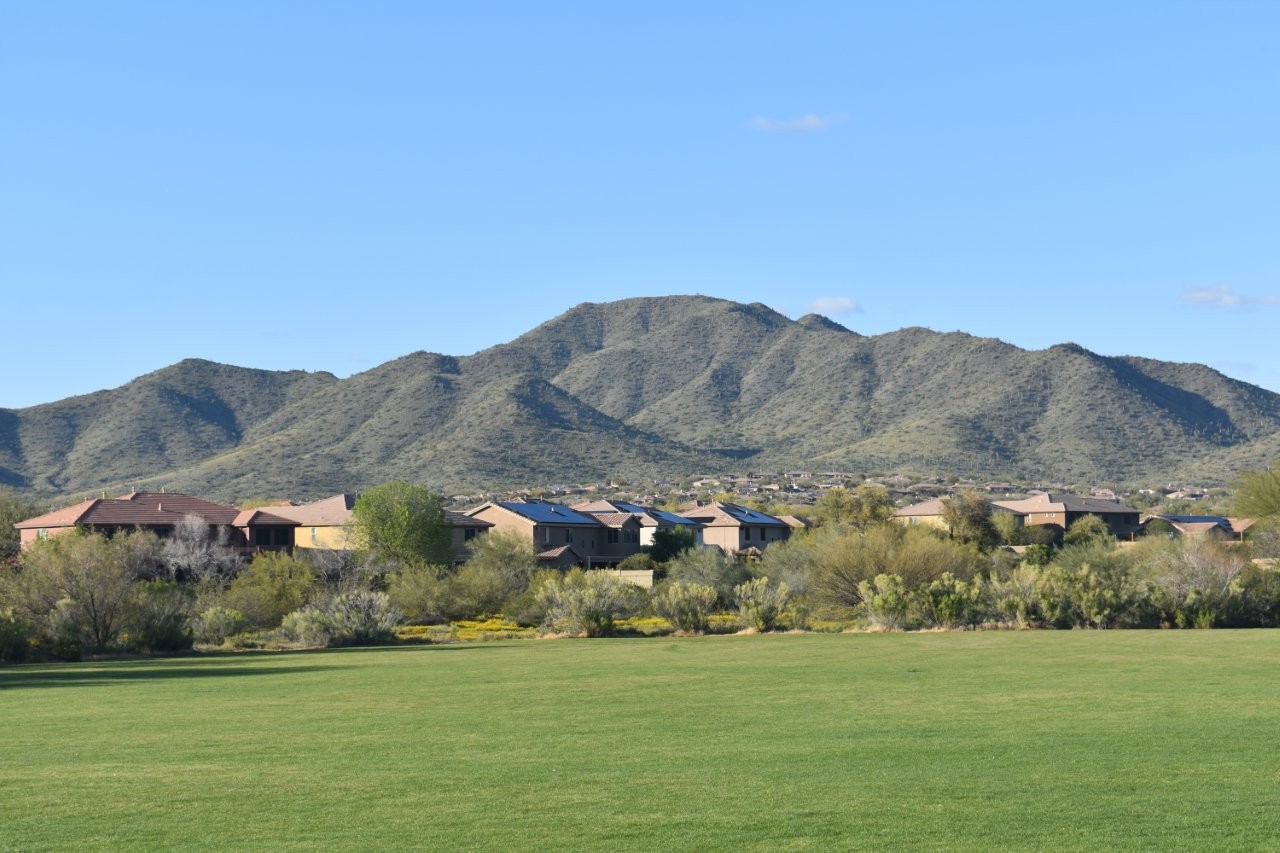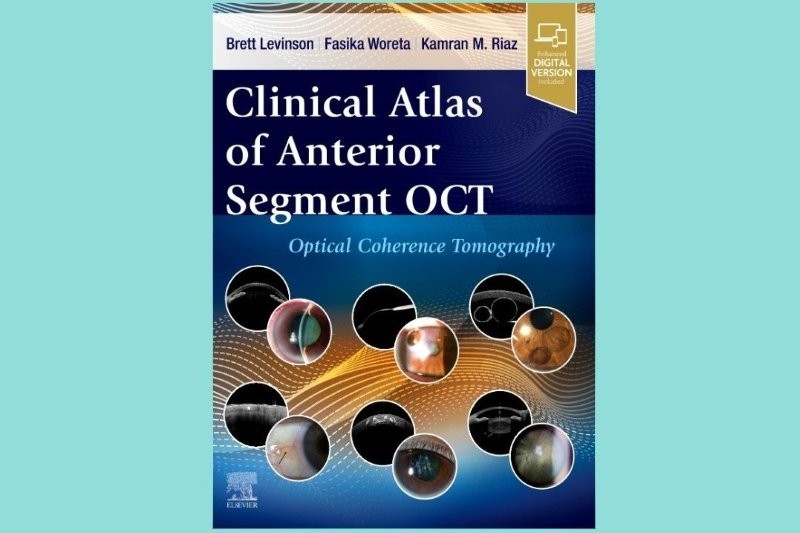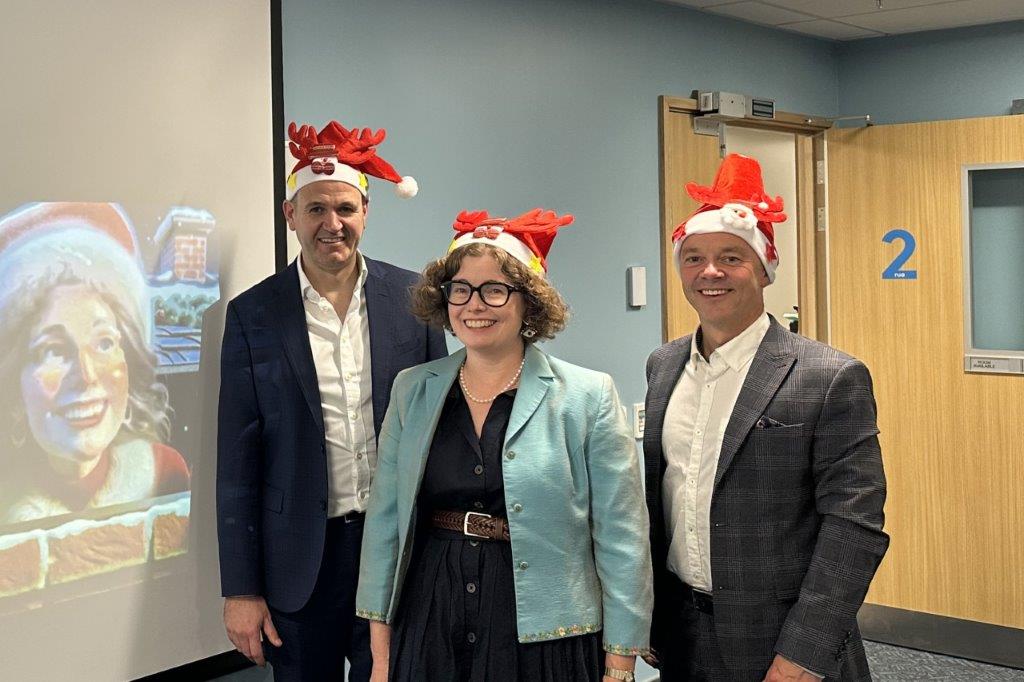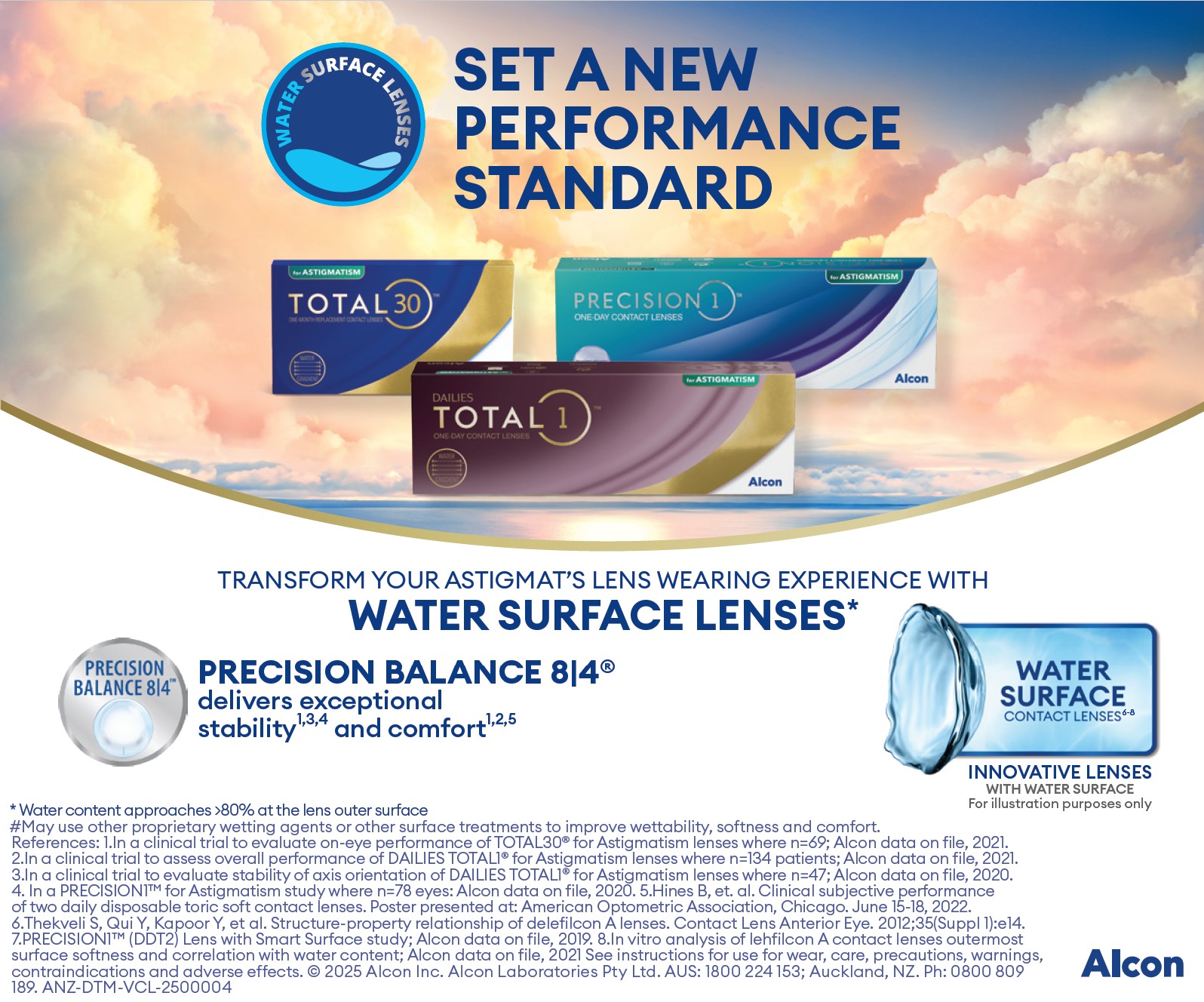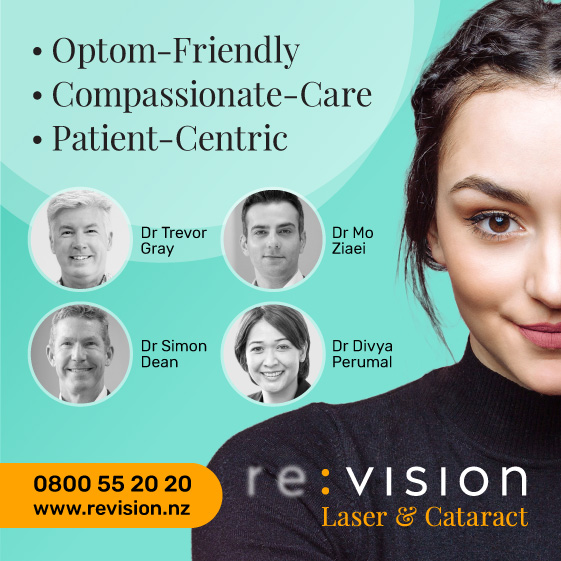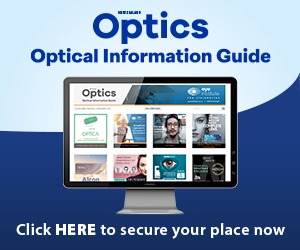Myths, mysteries and eye protection
If you had to choose to keep one of your five senses, which one would it be? A recent survey found most people indicated their vision was the most valuable of their senses. Despite this, eye injuries are still a common occurrence with more than 55 million people suffering a potentially vision threatening eye injury every year. Yet 90% of these injuries are preventable with the right eye protection. Eye injuries represent a significant burden not only to the individual, but also to industry and the community.
A review from Waikato Hospital (Pandita, 2012) found young males at work or outdoors had the highest risk of eye injuries. Work-related equipment was found to be a major contributor including lawn moving, farm fencing, hammering, chain sawing, tree pruning and grinding. While sodium hydroxide and sodium hypochlorite were responsible for several the eye injuries in the study. Both are commonly used chemicals in oil refining, hydraulic fracturing, water treatment, metal processing and in cleaning agents such as oven and drain cleaner.
Eye injuries at work
Eye injuries in the workplace come at a high cost, not only for workers but also the employer, the community and the injured person’s family. Workplace-related injuries are a common cause of lost days at work, reduced productivity and medical and workers’ compensation costs.
Many occupations are particularly high risk for eye injuries, including mining, manufacturing, construction, agriculture, forestry and fishing. Injuries commonly occur when operating mechanical equipment which can generate foreign bodies traveling at high speed that become embedded in the eye. Chemical splashes and spills as well as radiation sources are also common hazards.
But work’s not the only problem
An increasing number of eye injuries occur at home and on the weekends while playing sports or doing DIY. Everyone needs to ensure they are protected from hazards around the home, such as cleaning chemicals and high-speed particles from machinery. It’s also important to ensure children are protected from these hazards - don’t let children near machinery such as whipper snippers and lawnmowers, for example, because of the potential for stones and other sharp objects to be thrown up. Sports with bats and balls such as tennis, squash and cricket are commonly associated with eye injuries and could be prevented by the right eye protection.
What type of eye protection is best?
Different environments and tasks require different types of personal protective equipment (PPE) and eye protection is no exception. Ensuring eye protection meets the individual needs of each wearer is essential. Not surprisingly, eye injuries can still occur if people are wearing the wrong type or fit of eye protection. Choice is critical to ensure adequate eye protection and optimal vision to suit the needs of the individual in their activities. Optometrists and optical dispensers can play a key role in advising on the best type of eye protection.
In this part of the world, eye protection must meet the Australian New Zealand Standard AS/ NZS1337.1, and for most hazards, medium-impact protection is a good choice for all round protection. People requiring a prescription for good vision can also purchase the right type of eye protection, with eye protection made specific to their prescription and meeting the prescription standard (AS/NZS 1337.6).
Employees should be shown how to fit and use their PPE correctly as well. Table 1. is an excerpt from AS/NZS 1336 that provides a summary of some eye hazards and the appropriate eye protection choices*. Where medium-impact protection is specified, eye protectors will incorporate lateral protection into the frame or lenses or permanently attached side shields. Fit and coverage is critical and should be checked to ensure adequate level of protection from hazards.
Good vision for safety
For patients requiring spectacle correction, many options are available. The best option for vision, fit, comfort and coverage is custom-made prescription eye protection that complies with AS1337.6.
Vision plays a critical role in every part of our lives. Studies have shown people with uncorrected or reduced vision are more than 60% more likely to have an occupational injury. With the aging workforce, it is important to ensure their distance and near visual needs are met with the best prescription eye protection.
Contact lenses can be worn in most circumstances when accompanied by the appropriate eye protection, but should never be considered as a form of eye protection. In some industrial situations, such as when dust or harmful liquids or gases are present, there may be additional consequences if eye protection fails when contact lenses are worn.
Do I need certified eye protection?
Certified eye protection provides the best guarantee of protection. Certified products are regularly tested for optical, transmittance and impact qualities with manufacturing of the frames, lenses and complete products regularly audited to ensure protective characteristics and quality are maintained.
Can I wear my regular specs or sunnies?
Ordinary sunglasses or regular spectacles are not the correct or recommended eyewear in places where hazards exist, not just because they don’t protect your eyes but also because of the potential added hazard from the lenses breaking. Eye protection can, however, also provide protection from ultraviolet (UV), so sunglasses can’t be eye protectors but eye protectors can be sunglasses.
The importance of UV protection
With some of the highest rates of sun cancer in the world, when spending long hours in the New Zealand sun, protection from UV light is critical. Exposure to the sun's UV rays has been linked to cataracts, macular degeneration, pinguecula, pterygia and photo keratitis. Outdoors workers should be encouraged to slip, slop, slap and slide on a pair of eye protection goggles, which incorporate UV and glare protection.
What you can do!
Optometrists, ophthalmologists, orthoptists and dispensers play an important role in preventing eye injuries. By understanding the potential hazards their patients may be exposed to, both at work and during recreation and leisure time, they can prescribe the right level of eye protection. When dispensing eye protection, it is critical to ensure the frame and lens provide adequate protection and the gaps between the frame and the face are minimised. A comfortable and secure fit will help ensure protection and compliance with the eye protection programme.
Regular eye examinations provide the perfect opportunity to assess the adequateness of eye protection. Individuals should be encouraged to bring all their glasses when attending an eye exam so practitioners can inspect their eye protection as well as their regular spectacles. With age and accidental damage, eye protectors can deteriorate. Air-born chemicals and commonly used substances such as sunscreen, can damage the frame and lenses. It is generally recommended that eye protectors be replaced every two years unless evaluated as satisfactory for continued use.
Eye protection represents a great opportunity to increase your primary health care role with patients and work more closely with industry to promote eye injury prevention. When discussing patients visual needs, it’s a great opening to understand the hazards they may be exposed to at work, during their leisure time and at home, and promote the need for correct eye protection.
Table 1:
|
Activity or Process |
Hazard |
Possible methods of control |
Suitable eye protection |
|
Manual chipping, hammering, riveting |
Flying fragments, low velocity, low mass |
Fixed or mobile screens |
Low-impact eye protection |
|
Machine cutting, grinding of metals |
Small particles with medium to high velocity |
Fixed or mobile screens, dust extractors |
Medium-impact eye protectors, etched with an “I” or “F”. High-impact face shields, etched with a “V” |
|
Outdoor workers |
Ultraviolet light |
Shade structures |
Tinted or outdoor untinted, etched with “O” |
|
Horticulture and gardening, including lawn mowing, wiper snipper’s, edger’s |
Flying fragments, high velocity, low mass. Sunglare |
Guards on equipment |
Medium-impact eye protectors, etched with an “I” or “F”. High-impact face shields, etched with a “V”. Tinted or outdoor untinted, etched with “O” |
|
Chemical processes eg. spray painting |
Gases, vapours |
Exhaust systems |
Gas-resistant goggles, etched with “G” |
|
Chemical processes eg. cleaning solutions incorporating alkali |
Liquid splashes |
Splashguards |
Splash resistant goggles, etched with “C”. Face shields (used in addition to goggles) |
|
Medical and veterinary hazards |
Biological splash, droplet infection, direct contamination |
Administrative controls and physical barriers |
Splash resistant (indirectly vented) goggles, etched with “C”. Face shields (used in addition to goggles) |
|
Laser based surgical and cosmetic procedures e.g. laser hair removal |
Optical and thermal hazards |
Physical barriers |
|
|
Non-ionizing radiation eg. welding, furnace work |
Non-ionizing radiation |
Welding screens complying with AS/NZS 3597 |
Refer to AS/ NZS 1338 .1(12) and AS/ NZS 1338.2(13) or AS/NZS 1338.3(14) |
To purchase a copy of the full standard, please go to http://infostore.saiglobal.com/store/
*Annette Hoskin is an optometrist, commercial scientist and researcher based in Perth, with a special interest in safety innovation and compliance standards for eyewear. She’s Optometry Australia's representative on Standard Australia's eye protection committee and sits on the International Organisation for Standardization (ISO) committees TC94 and 172. She is working towards a PhD on the incidence and epidemiology of eye injury prevention with the Save Sight Institute and the Lions Eye Institute at the University of Western Australia and is research and development manager with Shamir Australia.









